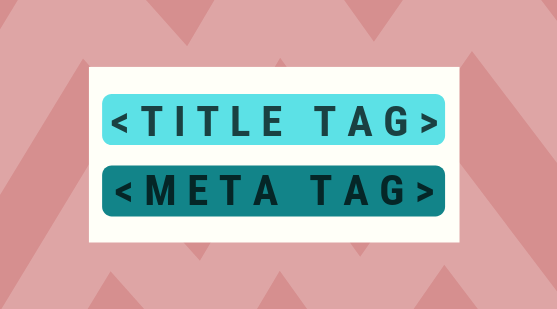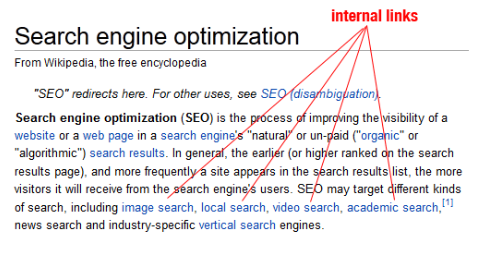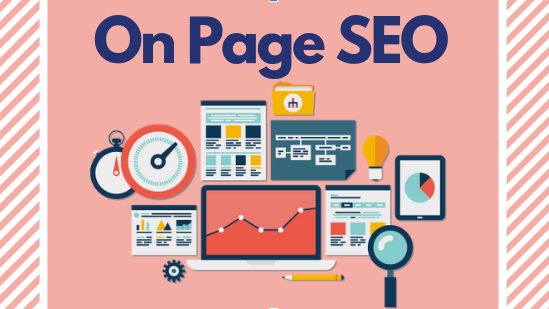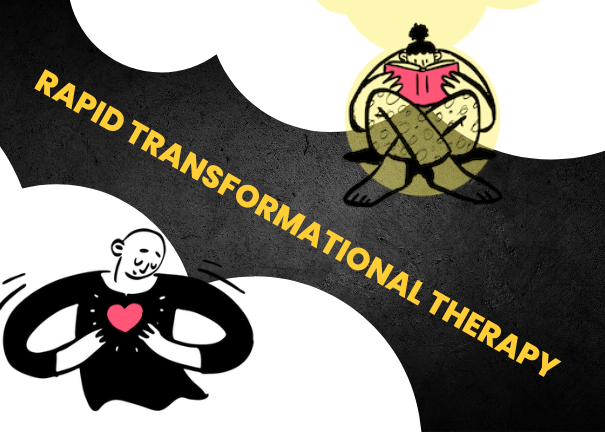In the world of search engine optimization (SEO), change is the name of the game. And in the year 2019, whether it is on-page SEO or off-page, the story isn’t different.
To stay ahead of the curve, it’s always good to maintain a checklist of best practices to follow.
While SEO is a vast subject, today we will discuss one aspect of SEO that we have the most control on, and that is On-Page SEO.
Table of Contents
What is On-Page SEO?
On-page SEO means the practice of optimizing every single page of your website to ensure you rank on the top of the search engine results.
Google’s latest algorithm focuses on quality and relevant content. The more relevant and user-focused your content is, the better your chances of ranking higher on Google.
If you too are on a hunt for some simple on-page SEO tips for your website, you have come to the right place.
1. Maintain the Freshness of Your page.
Updating the pages of your website constantly, helps Google understand the freshness of your page. One way you could make this possible is by writing the dates on everything that is newly added to your website.
For instance, a user would consider an article more relevant if it is written in the current year than the one that was written in the preceding year.
2. Title Tags should include Keywords

Title Tag is one of the most important factors for search engine optimization.
And keeping a short and crisp title tag is an ideal move to increase its relevance.
As users are most likely to read the first three words of a title, mentioning your primary keywords at the beginning of the title tag can have a great influence on your audience.
3. Meta Tags
Meta tags describe what a web page is all about, but not to the user. They are little snippets of content descriptors that appear in a page’s code. These descriptors help search engines understand what the content means.
Adding relevant meta tags help search engines understand your web page during the crawling process.
Meta tags exist in the HTML section at the top of a web page.
They do not appear on the front end but in the page’s source code hence they are not readable to humans.
4. Write Long-Form Quality Content

Posting long-form content helps you rank higher in Google’s search engine results, but at the same time, the content that you write should relevant to your customer’s queries.
Content that adds value to your readers solves problems and gives solutions to customers pain points is what you should be focused on. Write for humans first and search engines will love you for it.
5. Add Different Multimedia Content
Including multimedia in your website’s content like images, gifs & videos can make your site look extremely attractive.
This entices users to engage with the content of a site. Like the GIF above, didn’t that just crack you up?
6. Optimize Images with Alt Tags & Descriptions
As far as multimedia is concerned, when you upload images, make sure that the file name of the images should have relevant keywords.
Also, add alt-tags and descriptions to your images. These describe what your image is actually about. Adding focus keywords and relevant images to your articles can go along way in your SEO efforts
7. Optimized Videos
Besides images, it is suggested that you carry out the same drill for videos as well.
Make sure your video title is short, focused and has relevant keywords. Add descriptions, transcripts, and subtitles to your videos too. If you plan to add videos to your articles, make sure that the video in question is similar to the topic you’re writing about.
Embed videos on your web page rather than directly uploading them. This helps with maintaining the website load times.
8. Responsive Website Design

Creating a website which works well on desktops, laptops, mobiles & tablets shows how dynamic your website is and is a big thumbs up in the eyes of Google.
Another factor that you need to keep in mind is the speed of your website. You can boost the speed of your website by simply optimizing images, embedding videos and making sure your hosting services have good uptime
9. LSI keywords

LSI keywords are known as Latent Semantic Indexing is a method in which search engines identify relationships between different terms and concepts in a piece of content.
Many users are under the impression that LSI keywords are synonyms. But LSI keywords in a deeper context may also include keywords that are found together and share the same subject.
For example, If an article talks about apple the fruit, it may have other keywords that describe the fruit such as, juicy, red, good for health, etc whereas if another article talks about Apple the brand, it may have keywords like phone repair, camera specifications, mobile store, etc. Search engines scan these keywords and join the dots together to understand that one article is about fruit and the other is talks about a company.
If you want to find LSI keywords for your article, you can use the tool: LSI Keywords Generator Tool – Using LSI For On-Page SEO. It’s absolutely free and can be quite helpful when creating content.
11. Internal Linking

Internal linking to other pages of your website is a must-do in your on-page SEO checklist. Make sure you interlink with natural anchor text keywords. For example, if you are trying to rank for the keywords content writing, and you have another page on your site that talks about content writing strategies, make sure you link to that article using the anchor text ‘content writing’ and not any other keyword that is vague or unrelated.
Conclusion
Search engine optimization requires constant effort and is a continuous learning process
Hopefully, this article gives you a little idea of what you could do to make your website rank faster and higher.
In case you do have some tips that we missed, do mention it in the comments below and help the community out.
Terania D’sa is an experienced content marketing strategist. She is passionate about finance, marketing, and creative writing. When she is not at work, you will find her at home with her face buried in a book.




Very nice article! Great detail.
Thank You 🙂
Well articulated!
Thanks a lot
Thanks for information this post. I have read the post and it’s very useful to me.